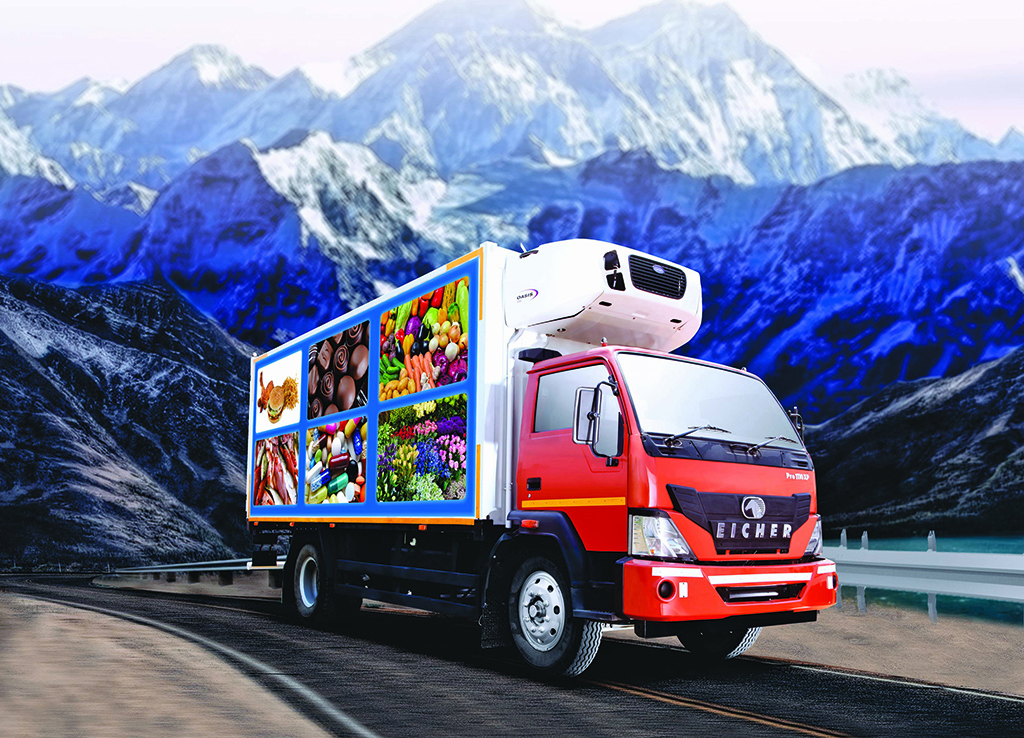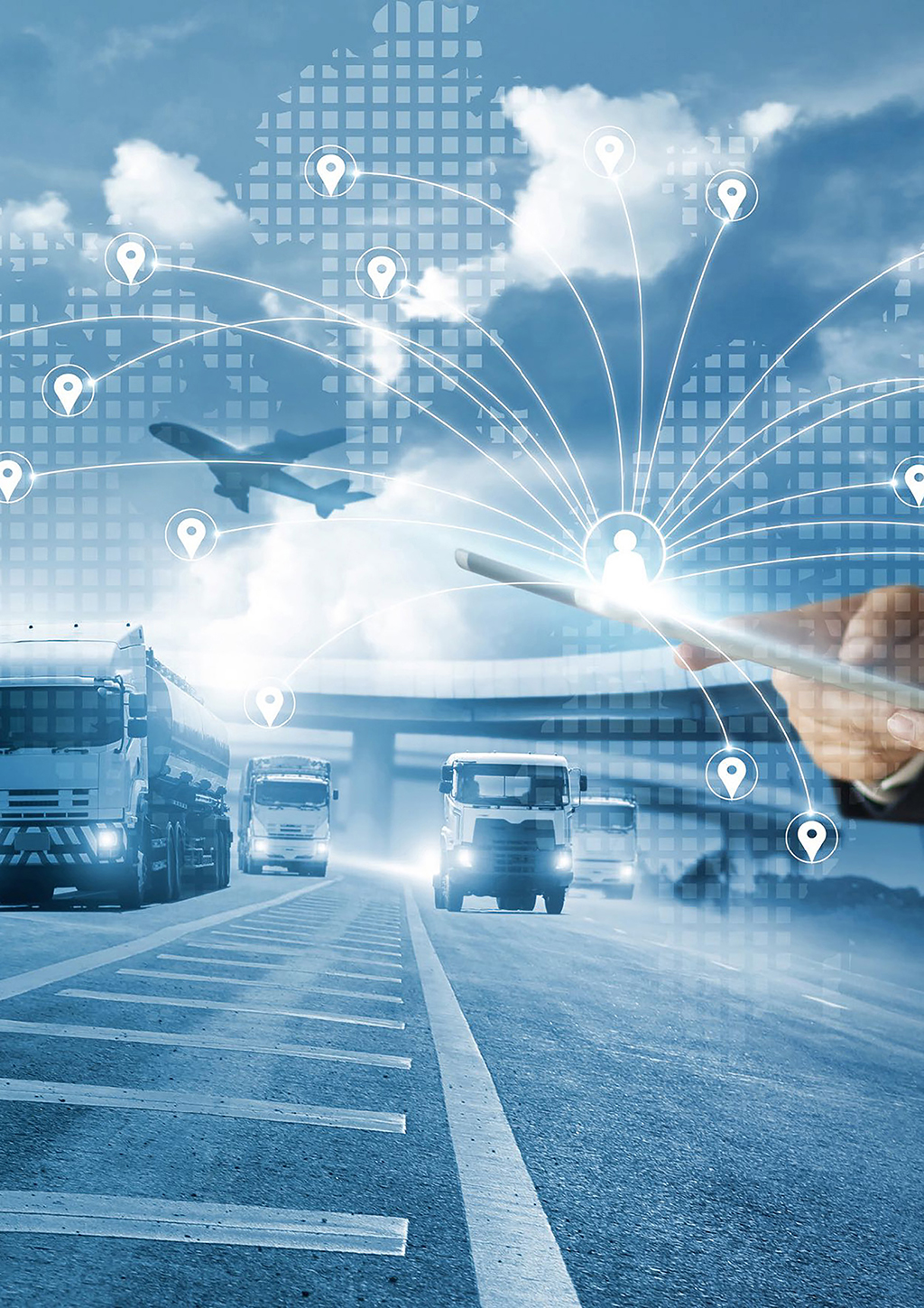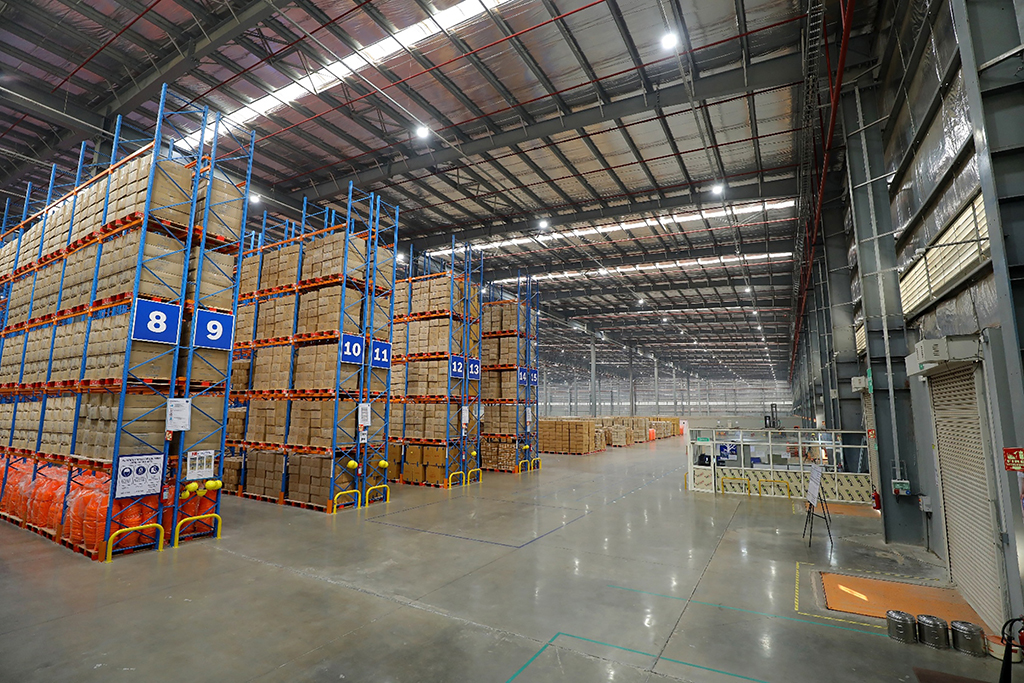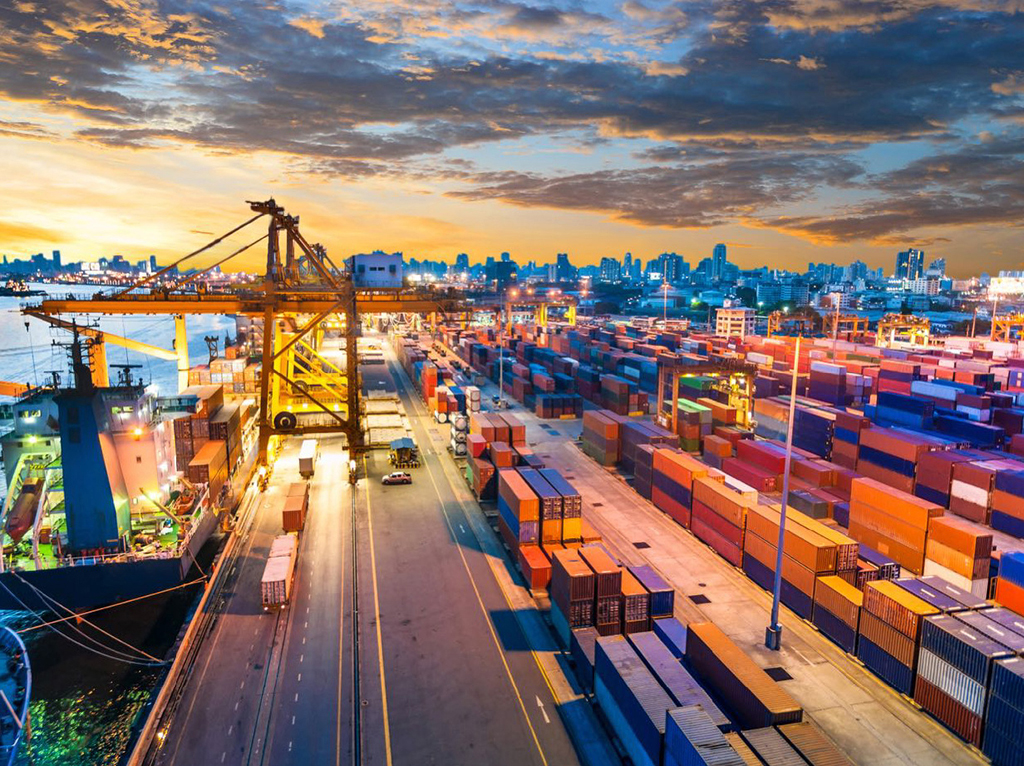
The logistics Industry in India has evolved significantly over the last decade. The sector has been in-step matching the dynamic requirements of the modern consumer and varied customers both small and large scale. As digitization takes the hold, new technologies and collaborative business model have helped in changing the business landscape, meeting evolving customer expectations and setting new trends. The broad trends can be defined as follows:

Growing e-commerce industry
Increasing demand from E-commerce players is boosting requirement of fulfilment centers across India. Also, logistics companies are reducing the e-commerce risk by making sure that right products are delivered to the right customer at the right time. Both play a key role by allowing each other to grow.
Demand for cold chain
The cold chain sector is termed as the sunrise sector, and the Government is making continuous efforts by implementing favorable policies such as providing infrastructure status to cold chain industry, profit-linked tax holiday, priority sector lending status and lower GST. Organized retail and food service industries have emerged as new cold chain segments, primarily due to changing consumption patterns. Demand for a large variety of fresh fruits and vegetables, dairy products, meats and poultry products and other temperature sensitive commodity has led to a rise in cold chain infrastructure. Increased internet penetration and disposable revenue income has expanded the demand for cloud kitchens. With the proliferation of E-grocers and food tech players there is a growing trend for cold storage spaces and cloud kitchens.

Digital payment ecosystem
There has been a manifold increase in digital payments post Covid-19. To give a further boost, the Government earmarked Rs. 1,500 crores for a scheme to incentivize digital payments which will help speed up the day-to-day operations for logistics.
Decentralizing supply chain
To improve the supply chain efficiency, companies are looking to decentralize its logistics base. This will help them get proximity to the clients, while improving overall flexibility in handling more local, shorter supply chains and the general inventory. It will also safeguard companies from unforeseen disruptions such as natural disasters, political instability, pandemic, or any other similar events impacting the supply of goods. This, in turn, will create more opportunities, paving the need for increasing logistics hubs.

Third party logistics (3PL)
Post pandemic most companies are focusing on core businesses and choosing to outsource warehousing operations. This makes way for third-party logistics (3PL) companies that can provide wholesome logistics solutions. The uncertainty arising due to the COVID-19 pandemic and companies’ ambition to focus on regaining the market will further push the development of the 3PL segment. This will also help companies to maintain “Asset Light” model with the cost of “Working Capital” being deployed to mainstream business helping in improving the overall profitability.
Sustainable supply chains
Sustainable supply chains are at the core of every country’s policy given the urgency of environmental challenges. The use of connected technologies to collect and share data in real time, logistics players can help drivers reduce fuel consumption and contribute to the greater good of a nation. Most deliveries are still running on combustion engine vehicles, which are a proven source of carbon emissions, constituting 30% of particulate pollution in the metros. The logistics companies can also shift to electric vehicles (EVs), which can help the sector contribute towards a greener tomorrow.

Also, warehouses can be preferably built-in central locations to reduce the need for additional infrastructure. Materials having lower polluting properties can be used while constructing a warehouse. Sensors and LEDs can be installed for improved resource management and energy efficiency.
Investors today have become increasingly concerned about the global environmental issues particularly climate change. Therefore, long-term investors are likely to invest in stocks and funds having strong environmental, social and governance (ESG) structure. As realignment takes place post COVID-19, it’s an opportunity for the logistics companies to go forward sustainably.
Major Opportunities
Domestication & redesign of supply chains
Post Covid-19, the relationship of the West with China has turned quite sour. It led them to look at India as a sourcing partner for goods and become a substantial alternative for imports from China. With strict quality control, availability of cheap labour, English-speaking and skilled workforce, India has the advantage of penetrating faster in this space.

Rising trade
The bottlenecks resulting out of the pandemic are easing out gradually, leading to increase in industrial output, which is backed up by products’ demand across the globe. This has streamlined India’s trade flow fast, as there has been surge in domestic export as well as import in the second half of FY 2020-21. This increasing trade activity goes well for the Indian logistics industry.
Increasing demand for warehousing
At present, the demand for the warehousing spaces across the country is largely being driven by three aspects. First, entry of several foreign players because of eased FDI rules and flexible labour laws. Second, expansion of domestic industries in the country owing to Government’s visionary ideas such as ‘Make in India’ and ‘Aatmanirbhar Bharat’. Third, need for safety stocks to prevent stockouts, caused by changes in customer demand, incorrect forecast, and variability in lead times for raw materials.

Formalization of the logistics industry
The logistics industry is heading towards being organized. This will not only result in reduction of overall costs but will also enhance competencies. The organized logistics industry will be able to attract more players and higher investments from other sectors. This will aid in building infrastructure, adopting latest technologies and digitization into the system. The initiatives by the Government would also lead to formalization of the logistics sector by laying down a basic framework for the operation of logistics providers, promoting excellence, creating quality jobs and livelihood opportunities. For example: Introduction of the E-Way bill (electronic documentation aimed to track goods movement and prevent tax evasion under GST) increased transparency, enhanced efficiency and reduced the overall lead time to deliver goods.
Containerization
The boost in trade is translating into higher demand for containerization. At present, India sources its entire container needs from China. There is a container shortage on major liner routes causing delays in shipment of export goods resulting in significant freight rate hikes. To overcome this, India is looking to enter the container manufacturing sector, as the country aims to give thrust to its exports. India’s Ministry of Ports, Shipping and Waterways has already set up a committee to study the possibility of manufacturing containers at Bhavnagar in Gujarat.
Atmanirbhar Bharat
With an aim of making the country independent and self-sustainable against the competition in the global supply chain, in May 2020, the Government announced a special economic package of ₹ 20 Lakhs Crores which is equivalent to almost 10% of India’s GDP under Atmanirbhar Bharat campaign. The campaign has cumulated to surge in warehousing demand especially in the temperature-controlled warehousing space.